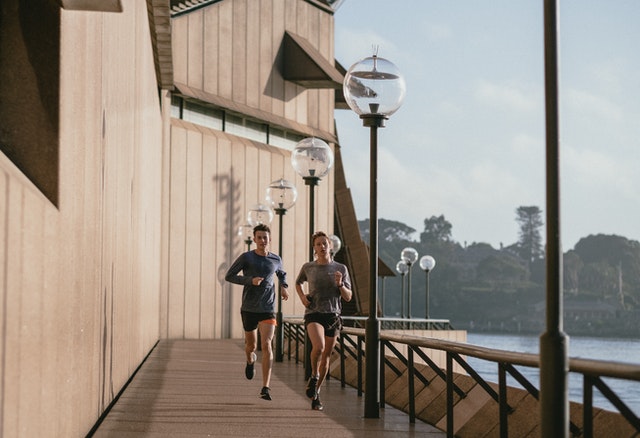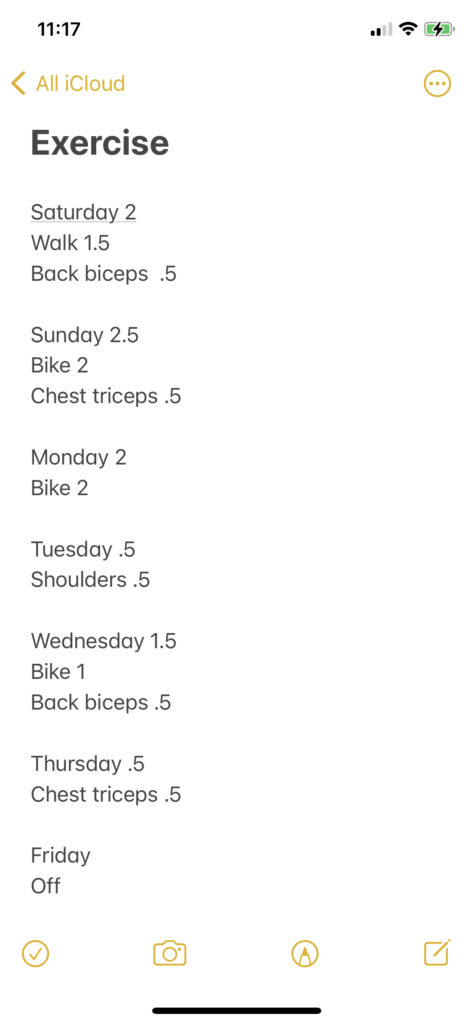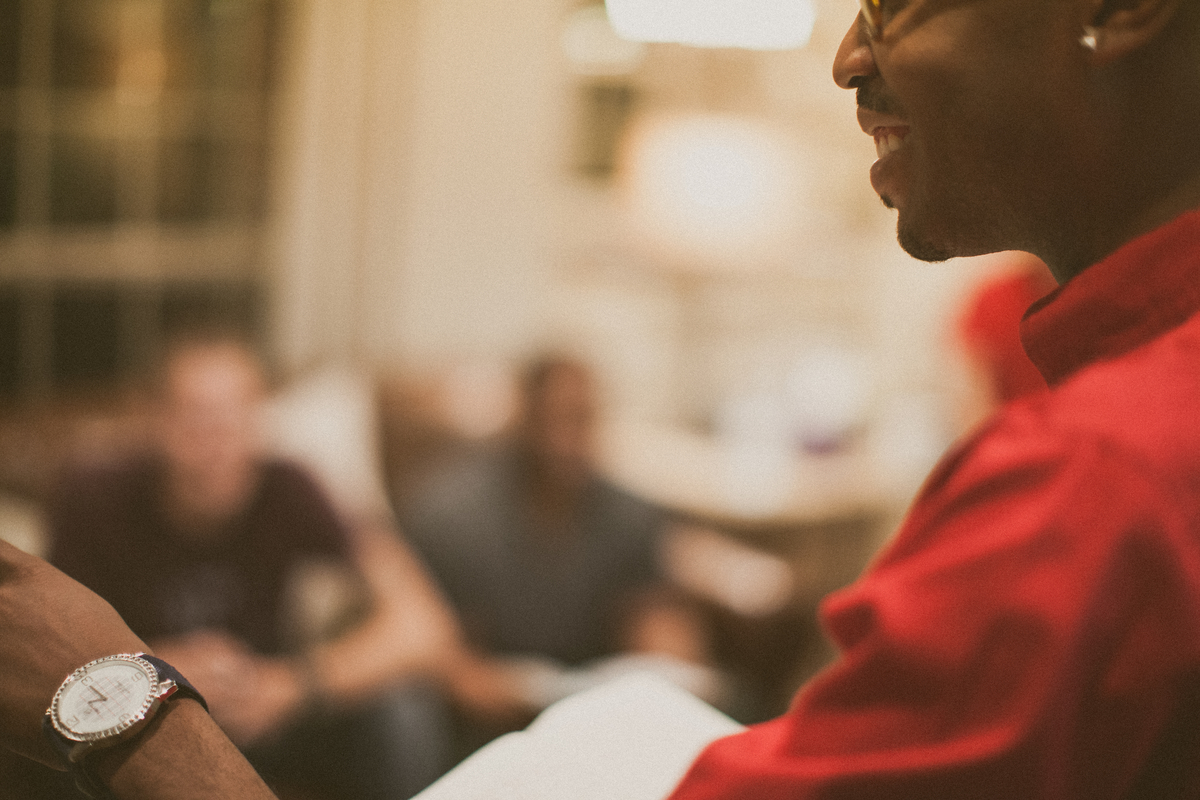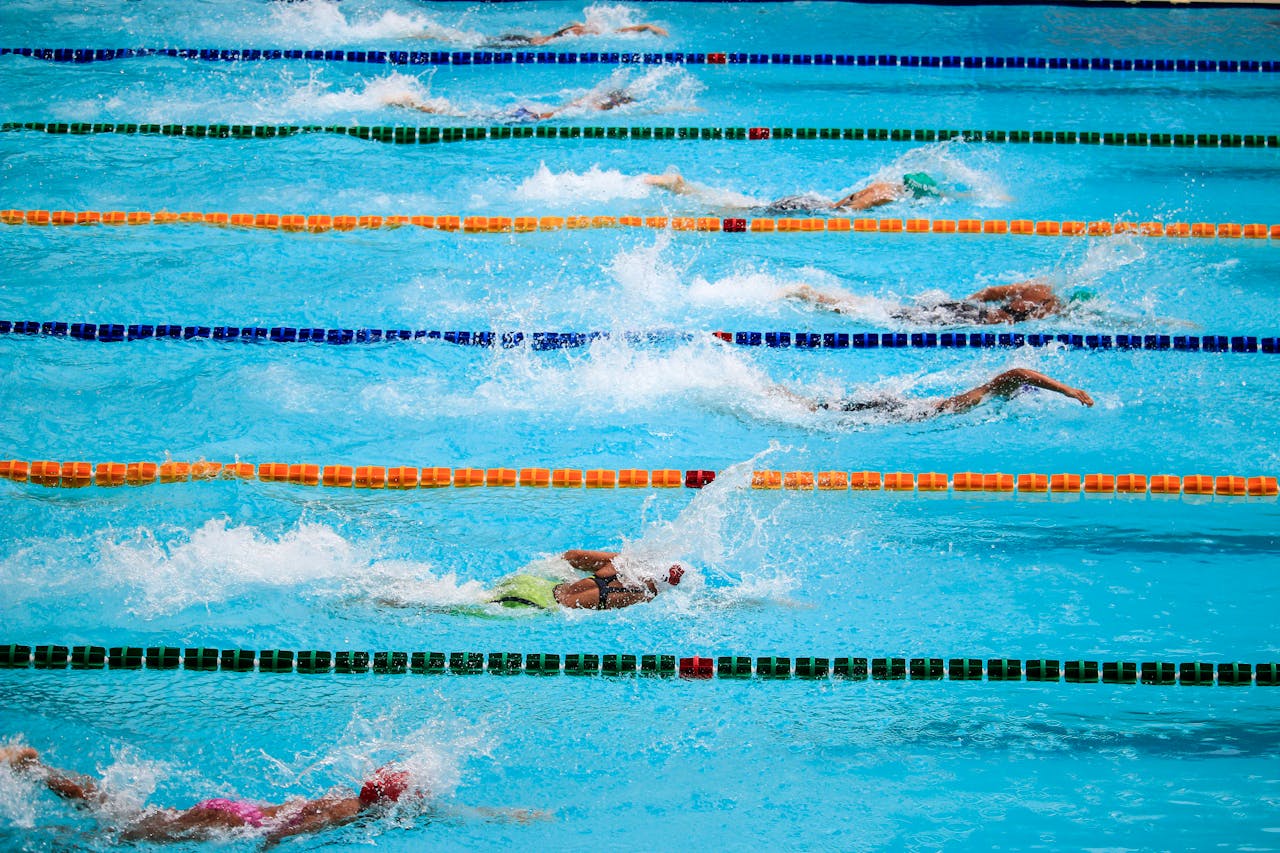Exercise an important tool in a leader’s toolbox. Exercise increases the longevity of the leader. Exercise helps the leader fight stress and anxiety so that the leader is emotionally healthy for people he or she leads. Exercise helps the leader sleep better at night. Exercise increases the leader’s energy and mental acuity. Exercise helps the leader develop mental grit and perseverance as the leader learns he or she can keep going when feelings are telling the leader to quit.
For the last decade exercise has been an important tool for me. Not because I am trying to look a certain way (I am not), but because I have learned the mental and energy benefits of exercise. On a normal week, I will exercise between 7-10 hours. That includes walks with Kaye, mountain-biking, and lifting weights. When I don’t exercise, I notice within a few days. My frustration tends to rise and I feel sluggish. Here are 5 lessons I have learned about establishing and keeping an exercise rhythm.
1. Find something you enjoy or people you enjoy exercising with.
When you engage in a sport you enjoy, the time goes by so much faster. In some ways, it does not even feel like exercise. This is one reason I love Southern California so much. There are so many amazing things to do. The same is true if you enjoy the people you are with. I don’t really like walking that much but I love being with Kaye, so that time doesn’t feel like exercise either.
2. Do something you don’t enjoy too.
I am sure some people don’t agree with this, but here is my thinking. By doing something you don’t enjoy, you train your mind to keep going even when you don’t feel like it. I don’t really like lifting weights, but every time I go into the garage to lift, I am training my mind to keep going.
3. Schedule your exercise each week.
Each week I will take the note section on my phone and map out my plan for exercise. For years basketball was part of my plan, and I hope to add it back soon. But for now, the plan is mainly lifting weights, walking, mountain biking, and sometimes road biking and paddle boarding. Setting the plan each week also dictates how early I will need to wake up on certain days and what Kaye and I will do on my day-off. Here was last week’s plan.
4. Use your exercise time for other important moments too.
You may be thinking, “That is a lot of time!” It is, but the time is also used for more than one purpose. I walk with Kaye and enjoy that time with her. I mountain bike with friends (have planned worship services on a mountain bike) or use that time to pray through my upcoming sermon and for the people I will be preaching to. I listen to sermons while I lift weights. Rarely do I just exercise. Exercise is coupled with something else that is important.
Start again when you stumble.
This is another reason I believe exercise actions are more important than exercise aspirations. If you fall behind in your goal, you can get demotivated and give up. If you are more focused on the right rhythms, then you can just start again when you stumble. There are weeks where my exercise plan gets completely blown up. It is not good and I feel it, but it happens. Start again next week.
Reading has been an important tool in my leadership tool box. Community with other leaders I trust and respect has been important. But exercise has been too. It is a gift and I am grateful the Lord has given it.







